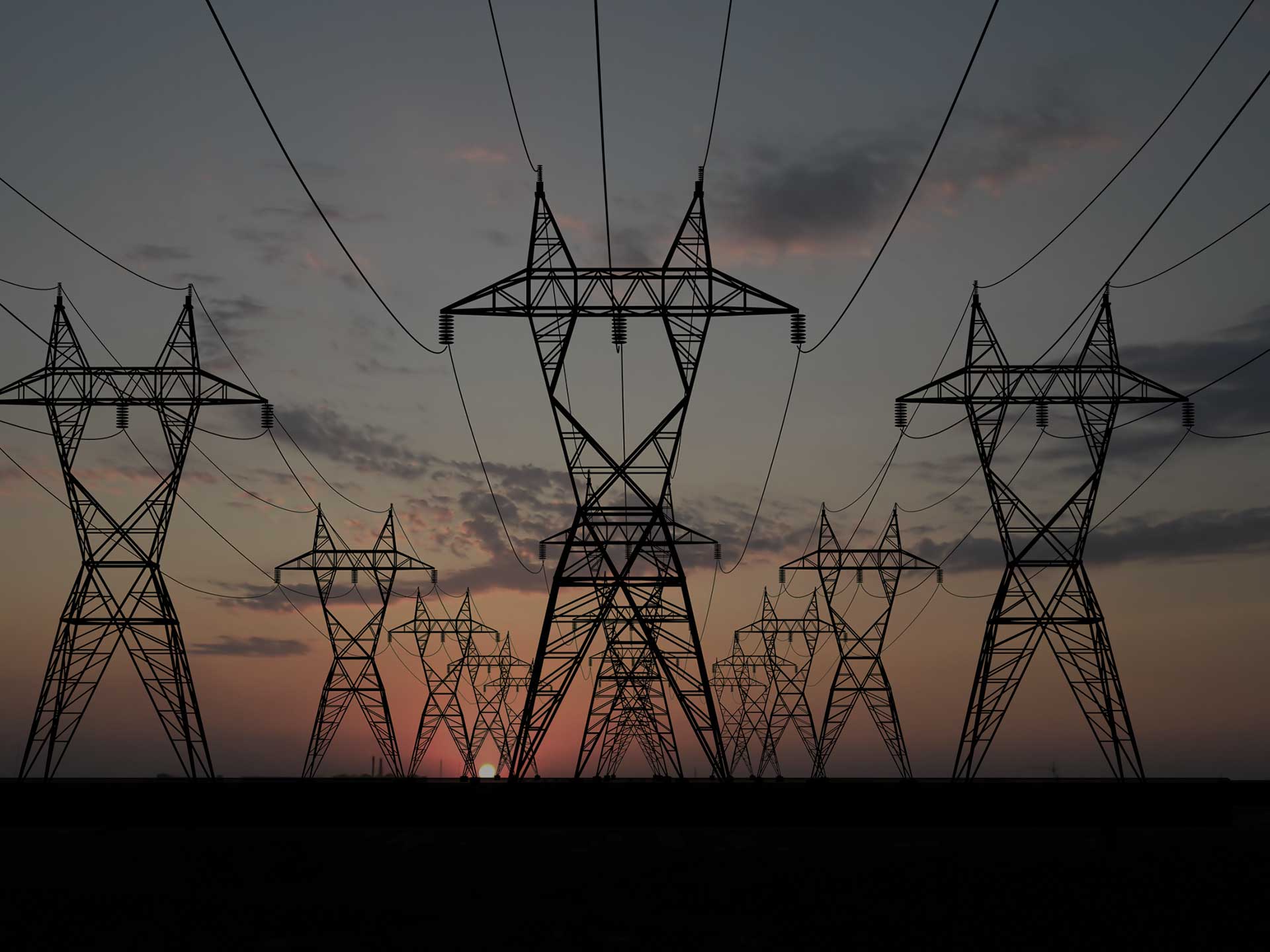Summary
This project is about the integration and optimisation of renewable energy, onsite thermal and battery storage, energy efficiency and demand control technologies and software to create load flexibility, increasing the value and capacity to install renewable energy both on-site and across the electricity network.
The model tested solar PV installed in isolation against different REALM combinations identified for each site.
The model was built to determine the total cost for a range of financial metrics of meeting a site’s load for a given combination of:
- Generation technologies;
- Load shifting regimes;
- Grid costs through energy tariffs, network tariffs and demand charges.
Optimal sizing and control strategies were converged upon by running the model for a range of sizes and configurations through Monte-Carlo and brute force approaches,. Analysis of the costing for every combination with reference to one another allowed the relationships of increasing size of the different technologies to be ascertained. Part of this analysis was the generation of heatmaps (including throughout reports).
The model used a hierarchical approach where the load curve was augmented by generation technology and/or load shift, in order of utilisation preference, for example:
- PV array direction 1
- PV array direction 2
- Cold tank
- Battery
- Grid
In this way, the onsite renewable energy generation consumption was maximised, and the cheaper load flexibility was utilised before the more expensive battery storage. Minute by minute solar data was utilised with the Perez et al. cloud model applied, together with the load curve resampled to a one minute granularity, to maximise the value of the battery and flexible load shifting.
Multiple storage (both battery and cold tank) control strategies were designed, however it became apparent a mix of peak shaving and arbitrage was optimal. Charging of the storage medium was defined to occur when there was excess renewable generation and from the grid when tariffs were at their lowest with preference given to charging from excess renewables generation. An algorithm was written to determine an optimum power each day above which the storage medium discharged such that the maximum peak shaving could occur and the battery state of charge completely exhausted. This charge limit was calculated every 24 hours, with reference to the state of charge at 7am. This time was identified as optimal as it came at the end of both a low demand and low tariff period.




